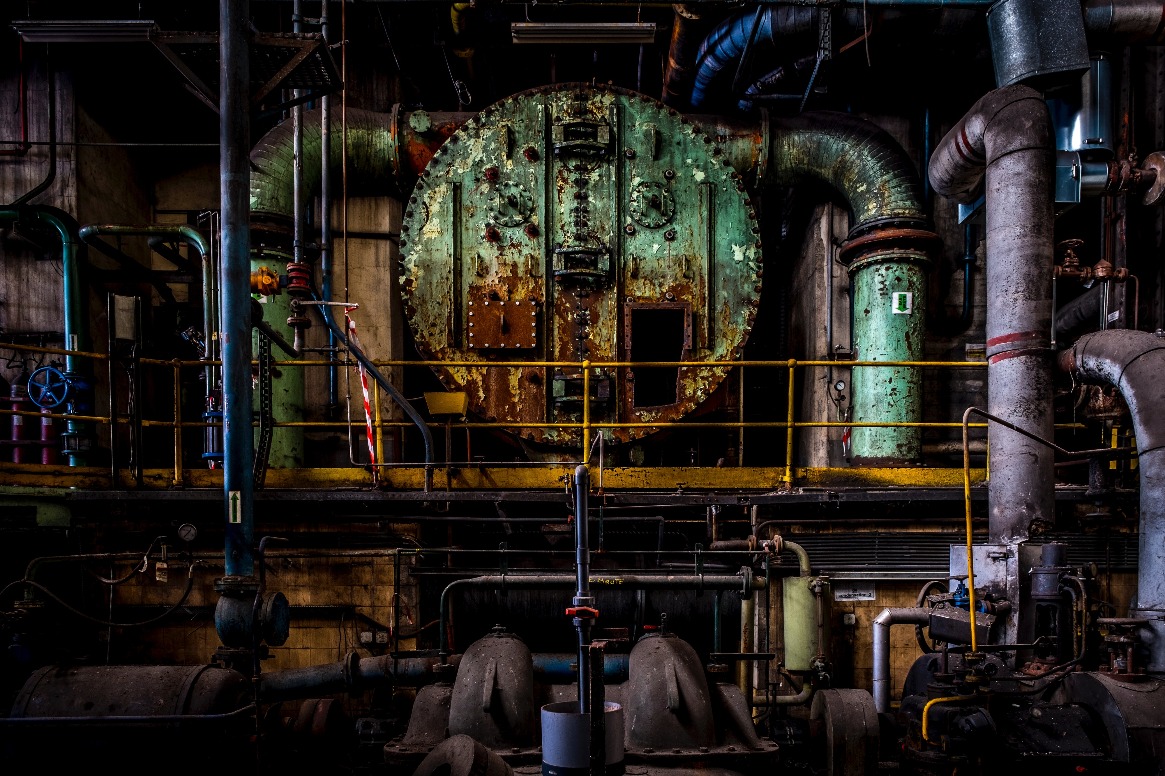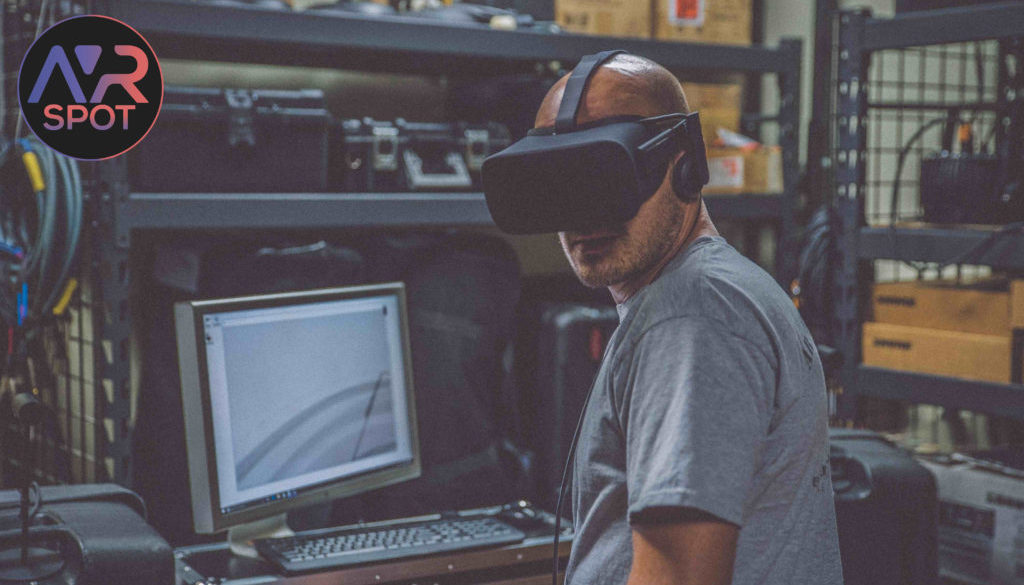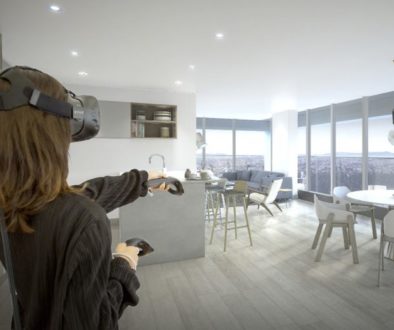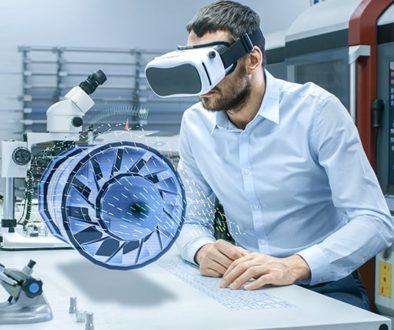How Virtual and Augmented Reality Simulators Change the Workforce Training
Although virtual reality has been around for a while now, it is gaining popularity within workforce training. Following the footsteps of business giants, such as Walmart and United Parcel Service, who have already adopted the use of VR and AR, other companies are working in the same direction: away from the real risky situations and closer to a harmless virtual world.
The virtual reality allows creating and integrating accurate 3D models of real objects and generating a virtual training environment that resembles real situations. VR training simulators give their users a possibility to dive into the completely artificial yet genuine circumstances, and it makes them perfect for educating students or employees on the various scenarios they may face while doing their jobs. It replaces the old approach to real emergency situations with a new, digital, safe and cost-efficient one.
Going Virtual to Change the Medical Training
VR/AR training simulators are steadily changing the world, one industry after another. Take healthcare, for example. Imitation has always been a prime focus of medical training — trainees get hands-on experience in an artificially created environment by working with mannequins or by using special software. Headsets like the HTC Vive intensify medical simulations by bringing students into surroundings that reflect the real world where they can practice medicine.

Virtual reality provides an effective way for students to develop various medical skills such as surgical training and observation. Simulated surgeries work as real-world experiences and provide effective hands-on training that students don’t typically get unless they enter a surgical residency. Moreover, it gives an opportunity to practice and perfect more common lifesaving procedures, make quick decisions and get real-time feedback on their performance. VR/AR Training Simulators increase the learner’s knowledge base, improve decision-making, and teach teamwork. Surgery is not the only one situation that can be simulated by means of VR. Trauma room and human anatomy exploration simulations can also help medical students to explore the human nervous system, cardiovascular system, muscles, and bones.
Those who have gone through the required medical training and experienced the fear of making a mistake will agree that traditional methods are full of risks and knuckle under the possibility of virtual reality simulations.
Virtual Reality as a Tool for Engineering Practice
Virtual reality depicts complex parts and structures of an engineering product to cultivate the optical illusion. The cutting-edge graphics of virtual reality, its authentic sound, and object rotation allow engineers to examine their project, gain a deeper understanding of how it works and spot any flaws or potential risks before implementation within a safe environment. VR/AR Training Simulators are widely used by car manufacturers for prototyping, so there is no need to build a physical prototype. Industries that already have discovered the untapped potential of training applications and simulations will prefer utilizing VR as it allows them to safely work through procedures, again and again, giving a chance to physically perform actions similar to those they would do in real life.

Virtual Reality in a Car Driving Simulator
Dangerous workplace simulation created to train drivers show how virtual reality and motion controllers might revolutionize training in the workplace. Utilizing virtual replica outdoor city that has real streets and sidewalks to teach students the fundamentals of driving vehicles, helps to avoid potential road hazards such as pedestrians, parked cars, and oncoming traffic. It creates muscle memory, builds spatial awareness and confidence so that when people have to drive in real life, they can do it flawlessly. The explosion in VR training is driven by its unique ability to replicate a place and a situation that would be difficult if not impossible to do in real life.

VR and AR Simulators Edge Out Dangerous Training Conditions
By applying VR/AR approach construction services improve skill retention of their employees and immensely reduce the technical training duration. VR enhances site safety, prevents injuries and makes training more fun for construction workers. Employees can test products in a virtual surrounding before they are actually built, get into the immersive and engaging environment and save time and money. This is a vivid example of VR doing something extraordinary and difficult to simulate in real life.

Where Do You Go from Here?
Love it or hate it, virtual and augmented reality has become indispensable to businesses today and is setting new standards for success. What’s more, the access to the VR has become easy, reliable and cost-effective. It saves costs and increases operational efficiency. Virtual reality training is said to change the business forever




